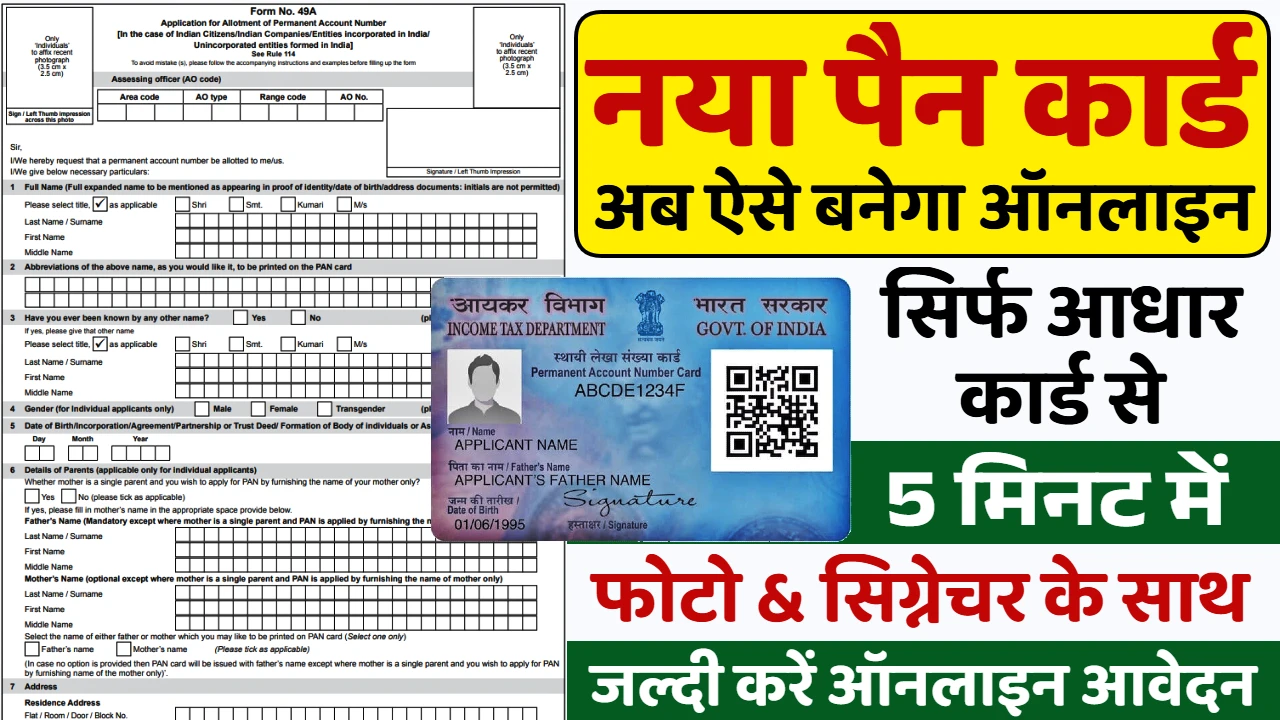Craving that quintessential Indian snack, the ever-popular samosa? These triangular pockets of flaky pastry filled with a savory and spiced potato mixture are a beloved treat enjoyed across the globe. Forget relying on store-bought versions; this comprehensive guide will empower you to create truly irresistible samosas right in your own kitchen. We’ll explore the essential ingredients for both the pastry and the filling, the step-by-step making process, and invaluable tips for achieving that perfect crispy exterior and flavorful interior.
The Building Blocks of Flavor: Essential Ingredients for Samosas
A truly delicious samosa relies on well-prepared pastry and a flavorful filling. Here’s a breakdown of the ingredients you’ll need for both:
For the Pastry (Samosa Patti):
- All-Purpose Flour (Maida): 2 cups, the base for the flaky crust.
- Ghee or Oil: ¼ cup, incorporated into the flour for a shortcrust texture. Ghee adds a richer flavor.
- Carom Seeds (Ajwain): ½ teaspoon (optional, adds a distinct aroma and aids digestion).
- Salt: ½ teaspoon.
- Water: As needed to form a firm dough.
For the Filling (Samosa Stuffing):
- Potatoes: 3-4 medium-sized potatoes, boiled, peeled, and mashed coarsely.
- Green Peas: ½ cup, fresh or frozen. If frozen, thaw them.
- Onion: 1 medium onion, finely chopped.
- Ginger-Garlic Paste: 1 teaspoon, freshly made for the best flavor.
- Green Chilies: 1-2, finely chopped (adjust to your spice preference).
- Spices:
- 1 teaspoon coriander powder (dhania powder).
- ½ teaspoon cumin powder (jeera powder).
- ½ teaspoon red chili powder (adjust to your spice level).
- ¼ teaspoon turmeric powder (haldi).
- ½ teaspoon garam masala.
- ¼ teaspoon amchur powder (dry mango powder) for a tangy touch.
- Fresh Coriander Leaves: 2 tablespoons, finely chopped (for garnish).
- Oil: 1 tablespoon, for sautéing the filling.
- Salt: To taste.
- Oil: For deep frying.
The Art of Folding Flavor: A Step-by-Step Making Process for Perfect Samosas
Making samosas involves preparing the dough, the filling, shaping the samosas, and finally, frying them to golden perfection. Here’s a detailed making process:
Part 1: Preparing the Pastry Dough
- Combine Dry Ingredients: In a large bowl, mix together the all-purpose flour, ghee or oil, carom seeds (if using), and salt.
- Add Water Gradually: Gradually add cold water, a little at a time, and mix until a firm, non-sticky dough forms. The dough should be tighter than roti dough.
- Knead and Rest: Knead the dough for 5-7 minutes until it is smooth. Cover the dough with a damp cloth and let it rest for at least 30 minutes. Resting allows the gluten to relax, resulting in a flakier crust.
Part 2: Preparing the Filling
- Sauté Aromatics: Heat oil in a pan over medium heat. Add the finely chopped onion and sauté until light golden brown. Add the ginger-garlic paste and green chilies, and sauté for another minute until fragrant.
- Add Spices: Lower the heat and add coriander powder, cumin powder, red chili powder, and turmeric powder. Sauté for a few seconds, stirring constantly to avoid burning the spices.
- Add Potatoes and Peas: Add the mashed potatoes and green peas to the pan. Mix well, ensuring the spices are evenly incorporated.
- Add Remaining Spices and Herbs: Add garam masala, amchur powder, and salt to taste. Mix well. Finally, stir in the chopped fresh coriander leaves. Cook for another 2-3 minutes, stirring occasionally, until the filling is well combined and heated through. Allow the filling to cool completely before filling the samosas.
Part 3: Shaping and Filling the Samosas
- Divide the Dough: Divide the rested dough into equal-sized balls (about the size of a small lime).
- Roll into Discs: Take one dough ball and roll it out into a thin, oval or circular disc (about 4-5 inches in diameter).
- Cut and Fold: Using a knife, cut the disc in half. Take one half and apply a little water along the straight edge. Bring the two straight edges together to form a cone shape, pressing the edges firmly to seal.
- Fill the Cone: Fill the cone with a spoonful or two of the cooled potato filling, pressing it down gently.
- Seal the Top: Apply a little water along the open edges of the cone and bring them together to seal the top, creating a triangular or slightly curved shape. Ensure the filling is completely enclosed to prevent it from spilling out during frying. Repeat the process with the remaining dough and filling.
Part 4: Frying the Samosas
- Heat the Oil: Heat enough oil in a deep frying pan or kadhai over medium-low heat. The oil should not be too hot, as this will cook the outside quickly while leaving the inside raw.
- Fry in Batches: Gently slide a few samosas into the hot oil. Fry them on medium-low heat, turning occasionally, until they turn golden brown and crispy on all sides. This process usually takes about 8-10 minutes per batch.
- Drain Excess Oil: Once the samosas are golden brown and crispy, remove them with a slotted spoon and drain the excess oil on paper towels.
- Serve Hot: Serve the samosas hot with your favorite chutneys like mint-coriander chutney, tamarind chutney, or tomato ketchup.
Expert Tips for Samosa Success
Elevate your homemade samosas to crispy, flavorful perfection with these invaluable tips:
- Firm Dough is Key: Ensure the pastry dough is firm and not too soft. This will result in a flaky and crispy crust.
- Rest the Dough: Don’t skip the resting time for the dough. It allows the gluten to relax, making it easier to roll and resulting in a better texture.
- Cool the Filling Completely: Always fill the samosas with a completely cooled filling. Warm filling can make the pastry soggy.
- Seal Properly: Ensure the edges of the samosas are sealed tightly with water to prevent the filling from leaking out during frying.
- Fry on Medium-Low Heat: Fry the samosas on medium-low heat to ensure they cook through evenly and become crispy without burning. Frying on high heat will cook the outside quickly while the inside remains uncooked.
- Don’t Overcrowd the Pan: Fry the samosas in batches, ensuring not to overcrowd the pan. Overcrowding will lower the oil temperature and result in soggy samosas.
- Maintain Oil Temperature: Keep the oil temperature consistent throughout the frying process. If the oil gets too hot, reduce the heat.
- Drain Excess Oil: Drain the fried samosas on paper towels to remove excess oil and maintain their crispiness.
- Make Ahead (Partial): You can prepare the filling and the pastry dough ahead of time and store them separately in the refrigerator. Assemble and fry the samosas just before serving for the best taste and texture.
- Freezing Option: You can also freeze the assembled, uncooked samosas. Place them on a baking sheet lined with parchment paper and freeze until solid. Then, transfer them to a freezer-safe bag or container.1 Fry them directly from frozen on medium-low heat, but they will take a bit longer to cook through.
- Experiment with Fillings: While potato is the classic filling, feel free to experiment with other fillings like mixed vegetables, paneer (Indian cheese), or even minced meat.
- Add a Pinch of Spice: A pinch of chaat masala sprinkled over the hot samosas after frying can add an extra burst of flavor.
By following this detailed guide, utilizing quality ingredients, mastering the shaping and frying techniques, and incorporating these essential tips, you’ll be well on your way to creating truly irresistible homemade samosas that will be a hit with everyone. Enjoy the crispy perfection of this beloved Indian snack!












